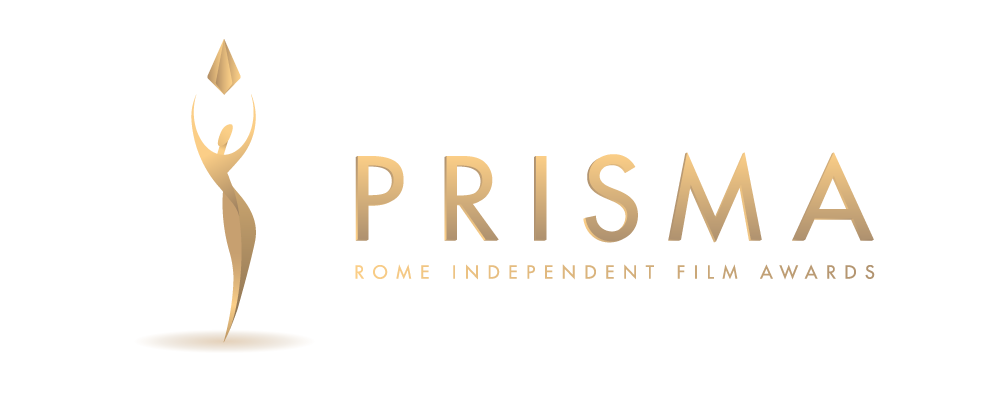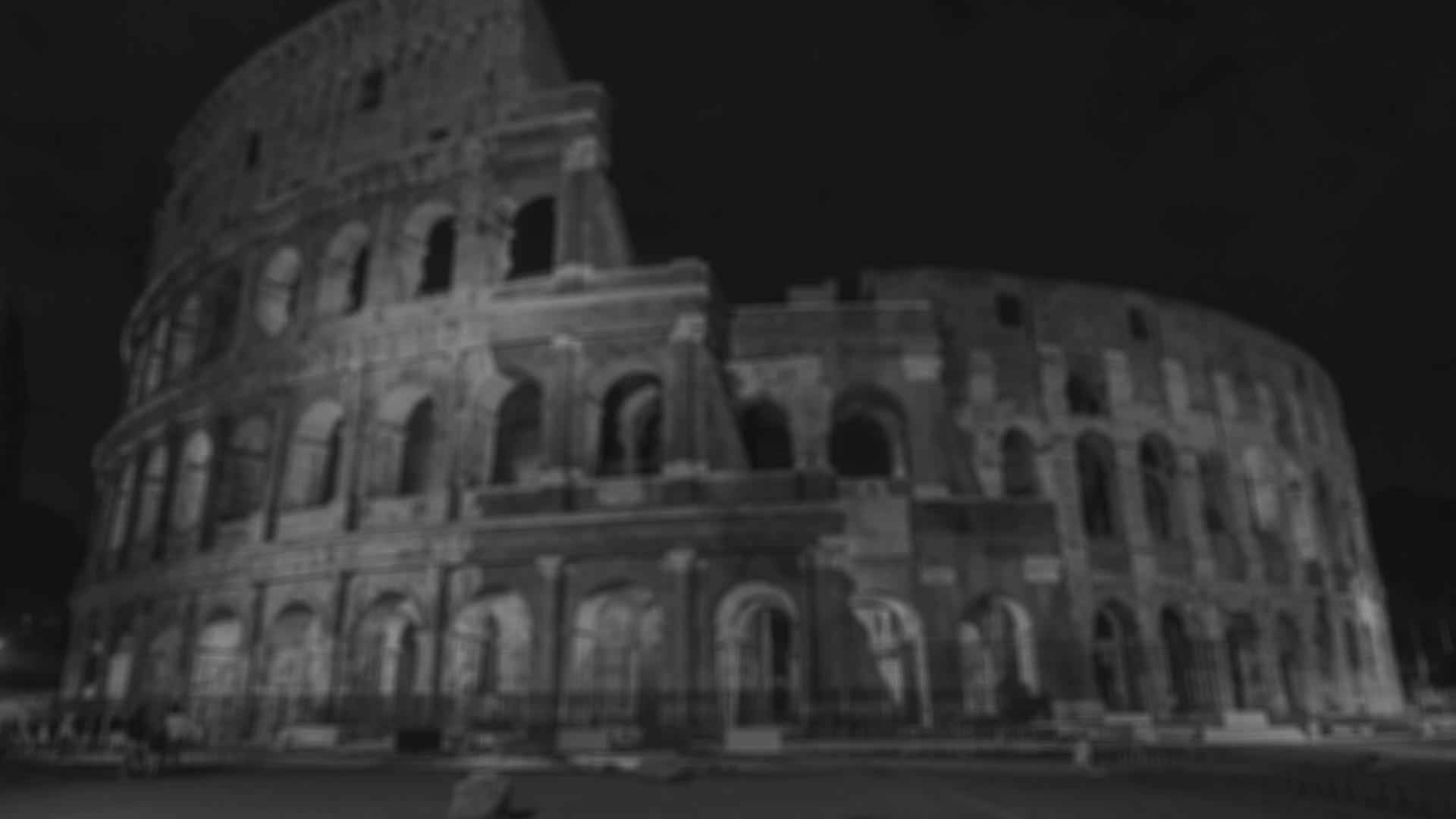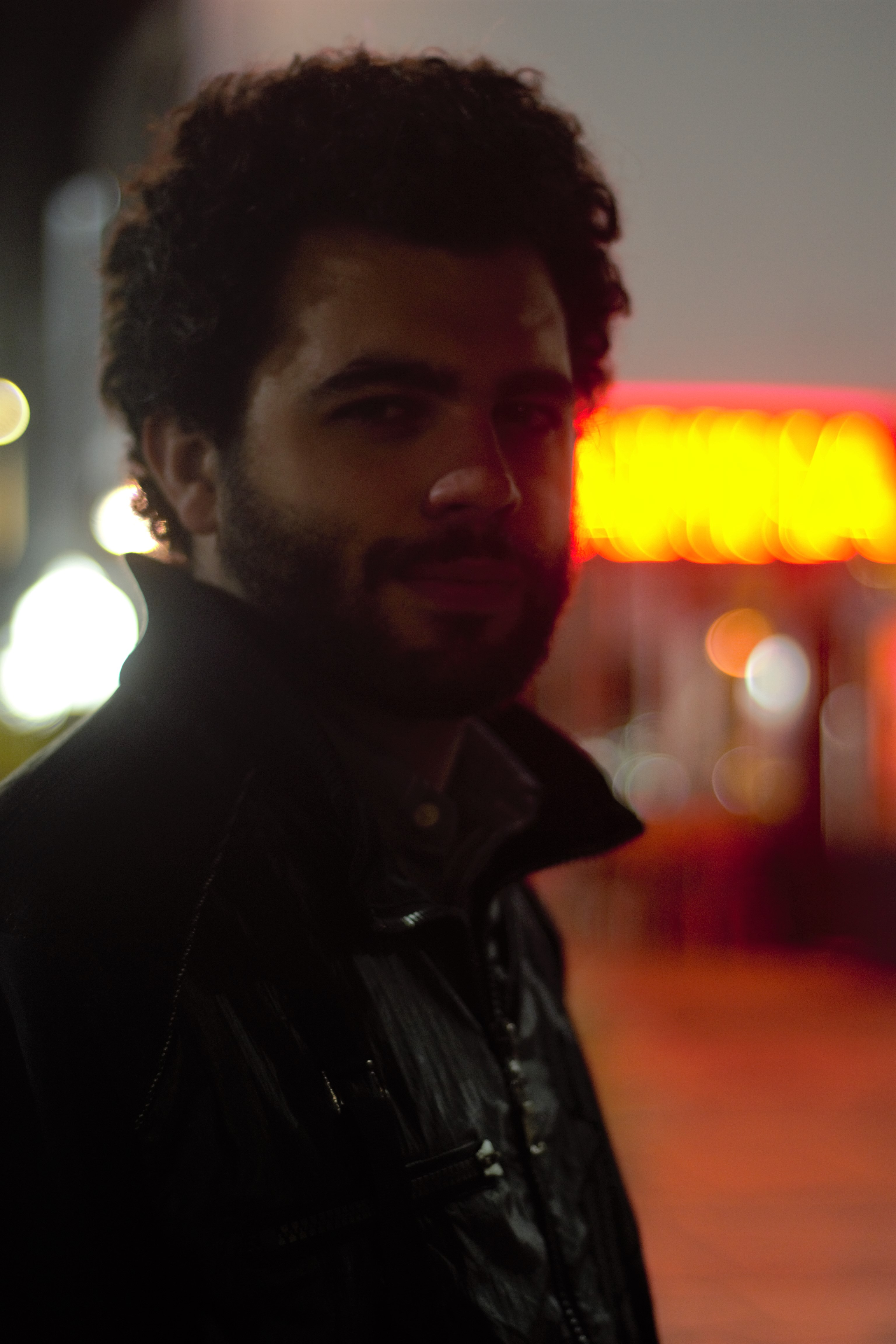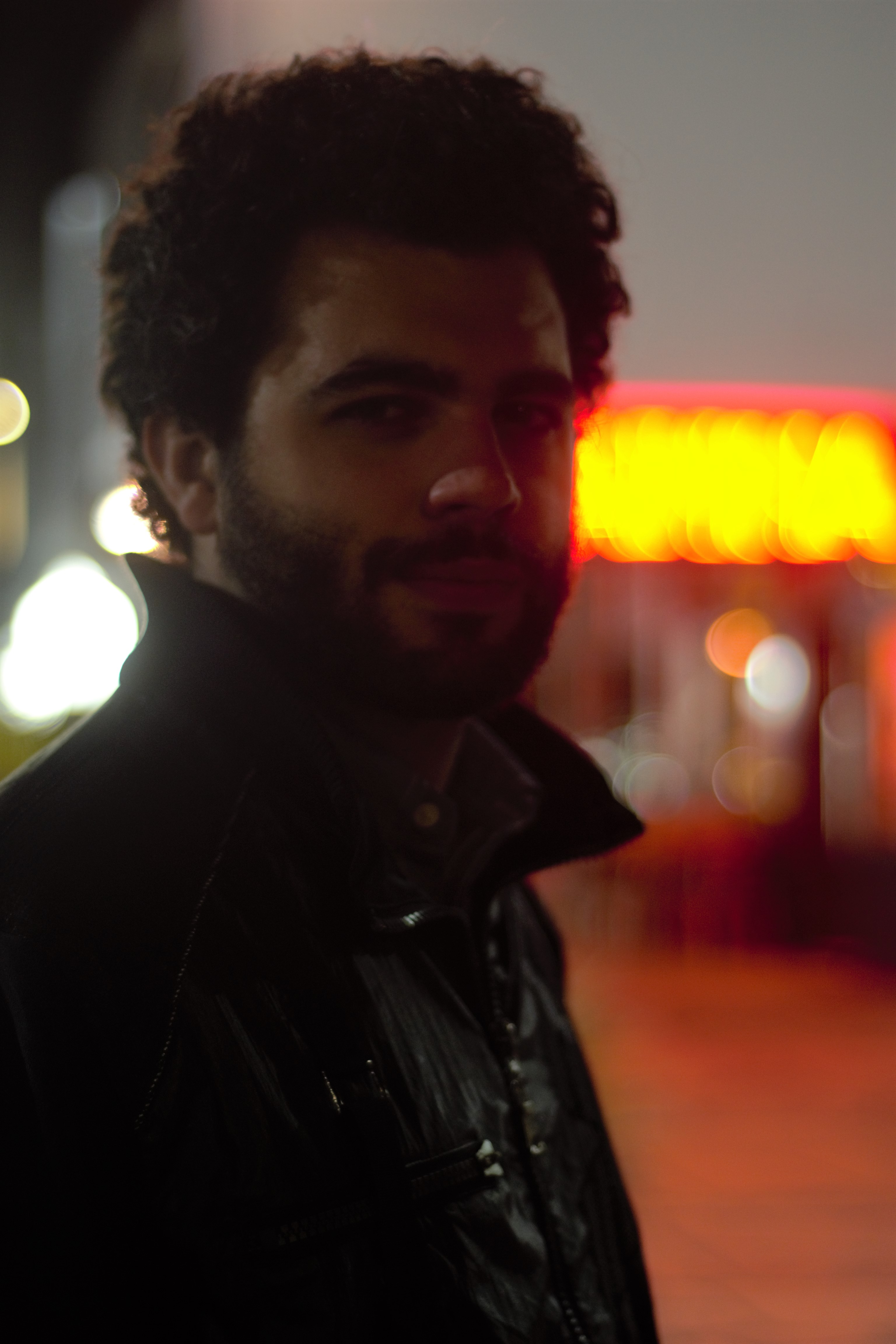
17 Ago An interview with LUCAS ZOPPI, director of “Dominion Evolucion”
“ For me cinema is the place where everything is possible. It is the window where you can see worlds of past times, present, futures and even from other realities and dreams. Movies are immortal and change the way we see our world. Once we see them in the screen, they will live forever in our minds. “
BIO
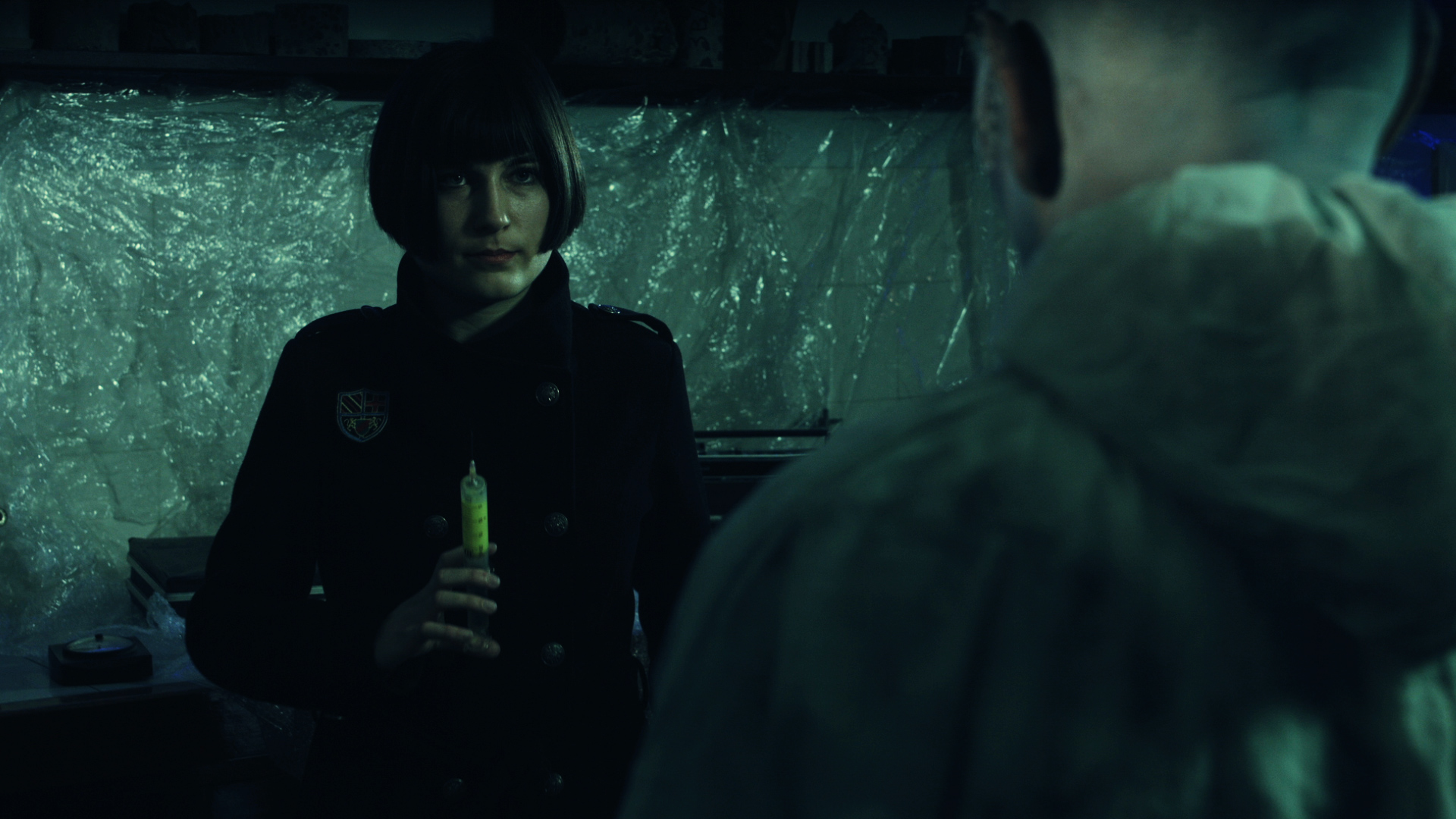
Your film has some disturbing points of contact with the reality that we are experiencing in these difficult months. Was your film inspired by the dramatic coronavirus pandemic that hit us? More generally, how did the idea for this film come about?
No, the film was not inspired by the coronavirus pandemic that is hitting us right now, because I wrote the script almost four years ago. However, the pandemic inspired me to bring the film to light. The film had been stored for a while because some adjustments had to be made from post-production, but when the pandemic started, I decided to see it again, after almost a year, and I was surprised by the number of elements that appear and, in my opinion, resemble and deals with what is happening in the world right now; we have the themes of despair to get out of isolation to prevent getting a virus, the fight of a scientist to get the vaccine before a corporation does, and the controversial distrust generated by the character for the vaccine generated by this corporation. Naturally at that moment I realized that the story had become more relevant than a few years ago and at the same time it had become an even more disturbing film than before, which encouraged me to make the adjustments I needed and show it everywhere, today more than ever.
The idea came because for a time I wanted to shoot for the first time a science fiction short film and explore a dark world with its characteristics. I had seen the short film Loom (2012) by Luke Scott and it inspired me to do a search within the genre in a short film, more than anything for budget reasons. I knew that if I wanted to do some science fiction, it should only be a short film, since the genre demands a greater amount of budget than the rest, in case you want to make an independent feature film. Before writing the screenplay of this film, I had written the story of a scientist who lived locked in his laboratory because of a strange experiment he was making and for some reason I had liked that it has similarities with the sinister look of “the Strangers” in the movie Dark City (1998) by Alex Proyas. So from then on, I knew I wanted to film something with that character. I also had the challenge of making a short film on a day of shooting and in a single location, so I asked myself the question of what I could do in such a short time telling a story that takes place in one place and at the same time is the most powerful possible. Then suddenly the idea came to me to place that scientist that I had invented and put him as the protagonist of the story, having the attraction that the entire short film takes place in a laboratory. Once I added the character, I had to find a justification for why he would have a strange and different skin, and what came to my mind was that he is a man infected by a strange deadly virus that is threatening almost every country in the world. Then in this way, the fact that our protagonist is locked in a laboratory throughout the film would also be justified and would gain more force, and naturally, I discovered the objective that this infected and renegade scientist, who does not trust in the vaccine created by a corporation, would pursue .
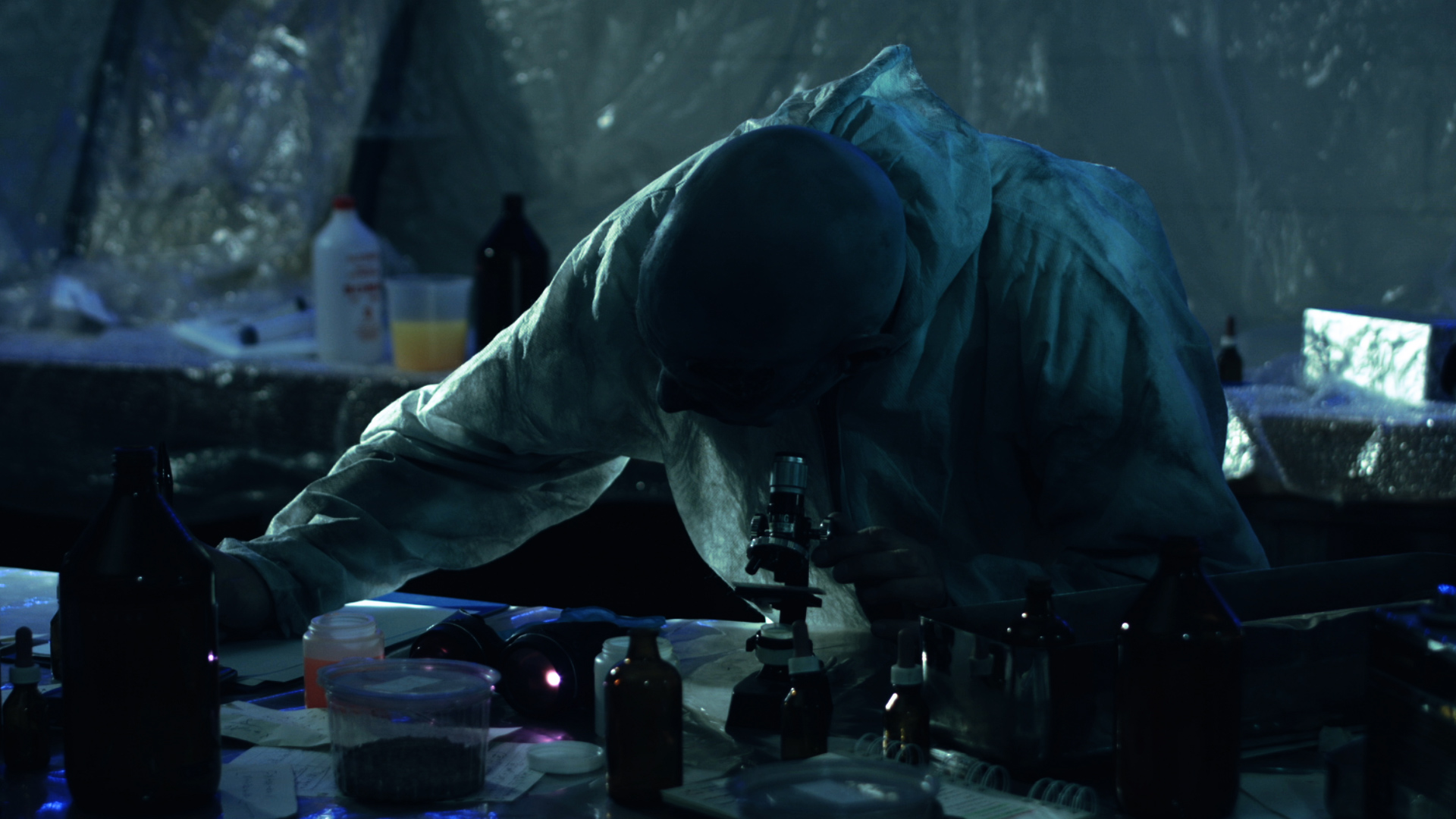
The aesthetic and narrative structure of your film is extremely refined and impeccable. Perhaps one can glimpse the suggestions that inspired you, coming from numerous cinematographic genres. Were there any precise cinematographic or literary or visual references behind this film? What inspired you to build the mise en scene?
Yes, there were many references that I had in mind that inspired me to build the mise en scene, among the cinematographic ones were Metropolis (1927) by Fritz Lang, Nosferatu : eine Symphonie des Grauens (1922) by F.W. Murnau, Minority Report (2002) by Steven Spielberg, Alien (1979) by Ridley Scott, Citizen Kane (1941) by Orson Welles, 2001: A Space Odyssey (1968) by Stanley Kubrick and Dark City (1998) by Alex Proyas but the most important one was Blade Runner (1982) by Ridley Scott because it was the one that defined the tone and the world of what I was looking for and wanting to create. Among all the cinematographic reference mentioned, Blade Runner was the first one that I gave to my director of photography and my art director to work on the references of the production design of Scott’s work, from the drawings of Jean “Moebius” Giraud with his industrial landscapes as the visual style achieved in Blade Runner, from the futuristic designs of the Italian architect Antonio Sant ‘Elia, because although everything happens in one location, it was important to know the entire world that we were creating.
The most important thing was to cast the right actor, once the casting was finished we had the big challenge to create for the mise en scene a blend of German expressionism with a film noir look and a little of the “cyber-punk” that I wanted for this world. Thanks to this short time of production I felt the pressure to really cast this film right because when you only can do a few shots everything depends on the actors. When I had the actors in the same scene I was inspired by what Harold Pinter would call “the silence between the lines” in the pauses that Victor Bertaum and Randa has in their shots and use those moments of silence to tell the audience what’s really behind in the attitude of Randa. In the case of the photography and the set design, I wanted to decorate the entire laboratory with neon lights, generating the “cryogenic state” which surrounds the environment mixed with a dark background in almost all the scenes, creating a high contrast in the entire film. It was important to use a predominant low key, having a very dark scenes so the elements that have strange colors can be more striking. In this way, having an intensely harsh light within the shots and a kind of toxic color palette in all the film, would create the perfect environment for this post-apocalyptic world. This was a combination of the references that I used during pre-production having in mind the work of the director of photography of Blade Runner Jordan Croenenweth and also the visual design that the production team of Dark City had created having the German expressionism as the main inspiration. As for the character of Victor Bertaum, the inspiration came from a mix of characters, among “The Strangers” from Dark City that I already mentioned and from the world of DC Comics Batman’s character Victor Freeze, I always liked the character and for me this was a great opportunity to blend him with “the Strangers” and also add him the metallic condition in his skin so it can be a strange and challenge character to do in the screen. On the contrary, Randa’s character has a little of a contrast with Bertaum. This is because I wanted her to have a “dieselpunk” retro-futuristic look.This is part of the mentioned influence from the movies Dark City and Metropolis. There is also a kind of reference to HAL 9000 from 2001: A Space Odyssey that I did in a tight shot near the end of the film.
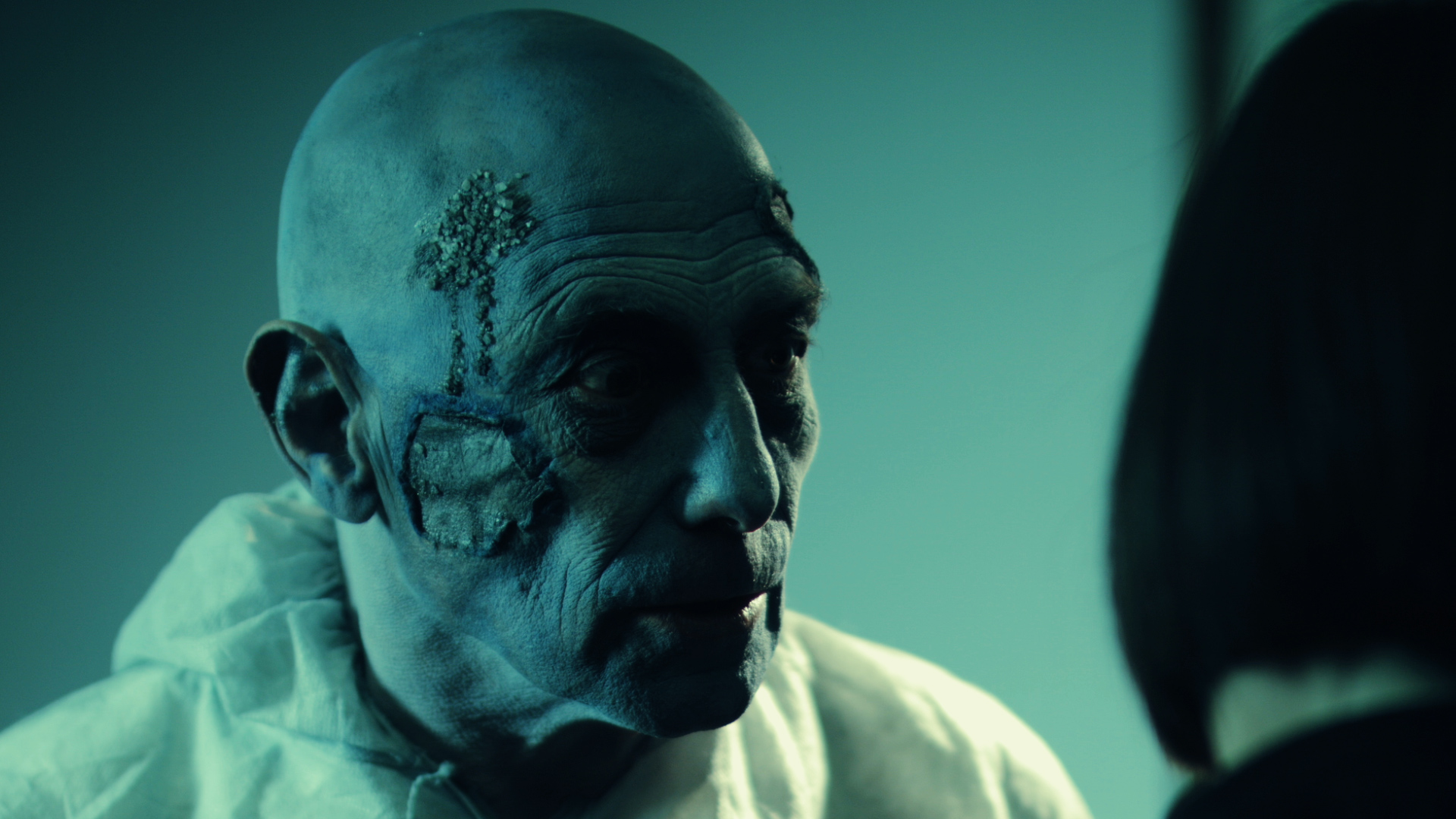
In the light of the finale, do you think it is correct to define this film “pessimistic”? How important is the concept of a happy ending to you in a film?
It could be considered as such but I don’t want to tell what to think about the film. I think it’s up to the audience. If they feel this film is “pessimistic”, in that case I would say that is correct. However, I didn’t pretend to give a message of hope or anything like that either, but what I think is correct to consider is the shift of the genre that happened by the end. Since the beginning of the project, I wanted to play with two genres that are intrinsically related, science fiction and horror. Because of this, I was sure before writing the screenplay that I wanted to leave an open ending as in John Carpenter’s The Thing where a big and unstoppable evil will threat humanity. I consider the right ending for a film important; it can be a happy one or can leave you with a big question about the meaning of what you saw or can scare you to death, but what it’s important to me are the story and the characters, only these two elements. If they are done right, they would lead to the best ending possible for any kind of film.
This short has disturbed and fascinated us, to the point that we asked ourselves what would have happened if it had lasted an hour and a half or even longer. What was it like working and creating in such a narrow time frame? Do you feel comfortable with short films or are you looking forward to switching to features?
First of all, I’m really glad that you felt that way about the film. It was a big challenge because the entire film is set in one location and I had only one day of shooting with one camera. I didn’t have enough time to actually do a lot of shots and takes, most of the shots were made by one or two takes and I only shoot close up on Victor Bertaum when he is talking with Randa, so we can see his desperation, the rest are medium or full shots. Although this situation made me more specific of what I wanted in the scenes, because when you have this short time of production, you can’t waste time in doing crazy things with the camera, I decided to only move the camera when something important is happening to the main character, maintaining a rigid format style and I tried to change the visual vocabulary just when something violent happens in one scene.
We shot in real location and everything had to be made in a day, we had to adapt the place and create this strange and dark world only for a few hours and that was a really difficult thing to do, but my entire crew knew and liked the genre and the story so we were able to set a tone in the set that was appropriate for the actors so they could believe in this world, and that is one of the most important and difficult things to do. So once I could realize that, I felt we were doing something good. When you create this kind of stories, where you have only a few hours to build an entirely new world, the risk of failure is bigger, but you have to trust your skills, your actors and your crew. Another important thing that I had to consider is that I used a full frame camera for the sharpness, resolution and quality in the frame. So later in the editing room, I could extract close ups, medium close ups or American shots from the full shots made in production and I could give a more dynamic rhythm to the sequences, especially when I show Bertaum’s various failed attempts to create his own cure.
I’m looking forward to switching to features. Before the pandemic, I was in production for my first independent feature film that is set in the ‘40s and has a blend of supernatural and psychological horror, but I would love to expand the universe of this short film. As you have said, I would like to show what would have happened if this film had lasted an hour and a half longer because I have the story for it.
